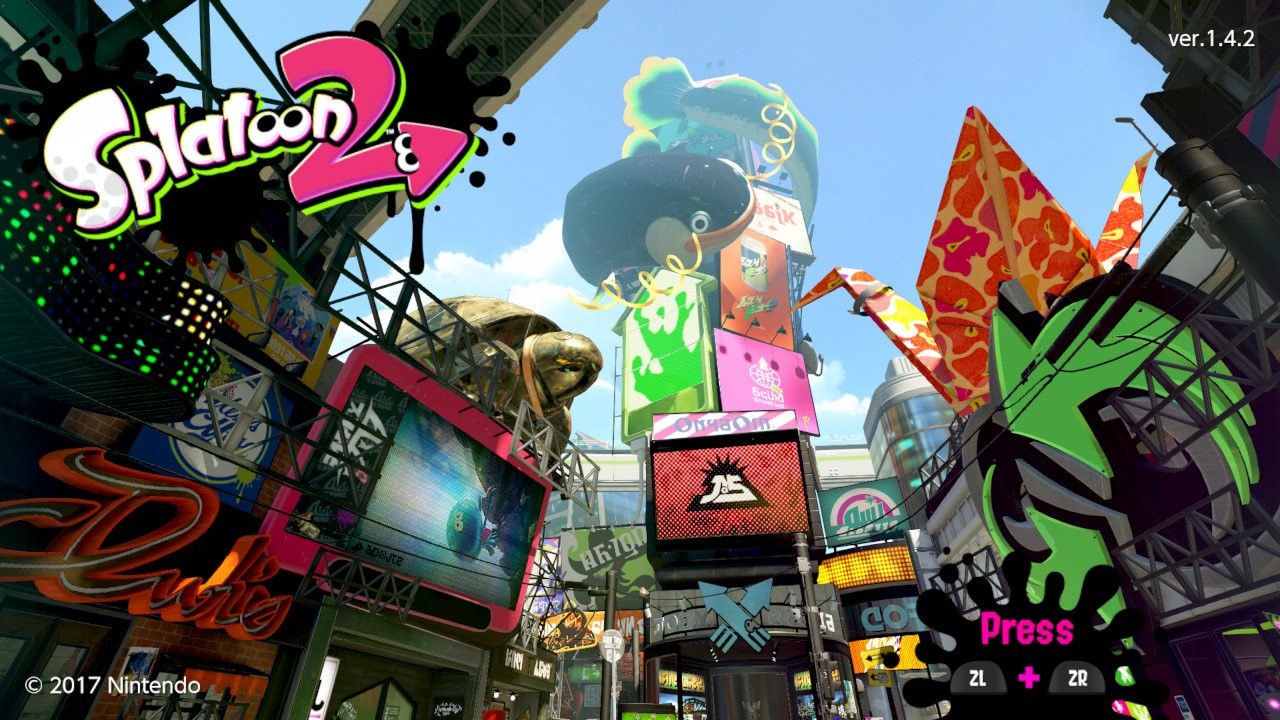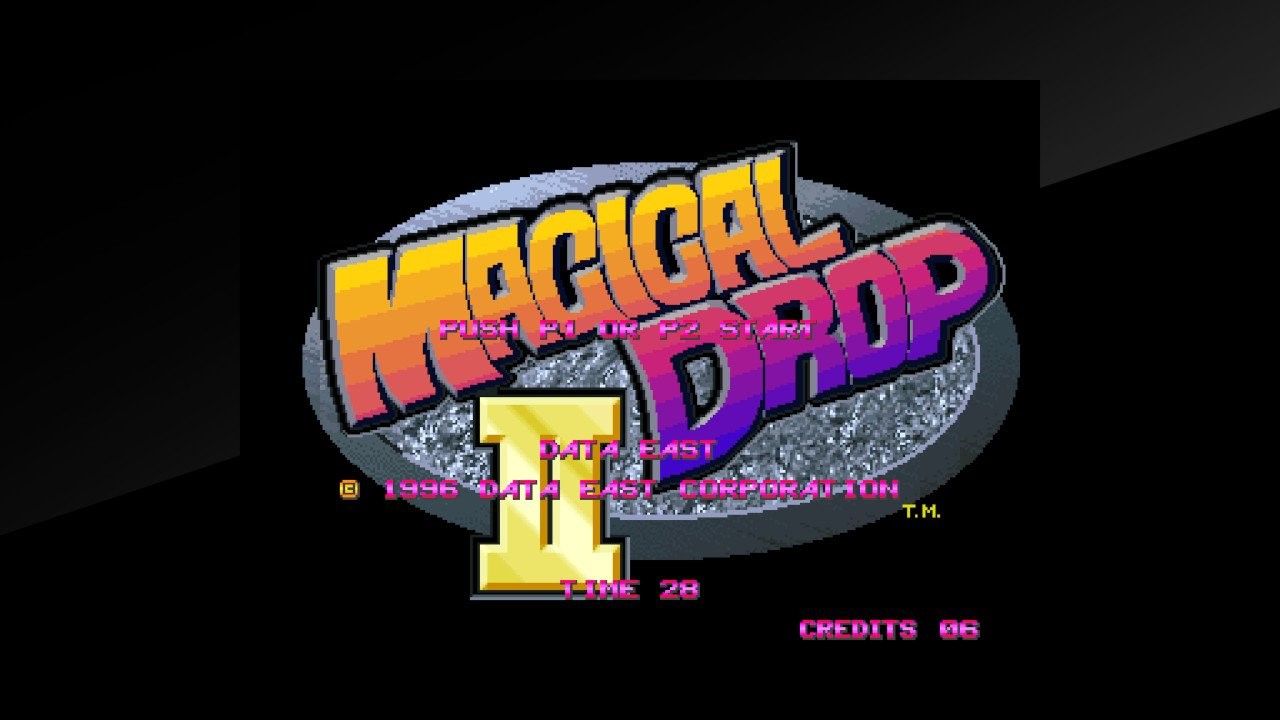Lovers in a Dangerous Spacetime
Well Past the Honeymoon Days
Conformity feels good. You get to be part of a group, and you know you’re among folks who share your thoughts. In the review world, sharing the popular opinion provides you a safety bubble. No one will question why I gave Breath of the Wild a 10 because countless others have already done so. If I gave it a 7, however, I face the potential wrath of fans who will question my judgment, label me an attention whore, or DDoS attack my website (all of which happened to the Jimquisition). Fortunately, most of my opinions have aligned with popular consensus, so I haven’t experienced angry readers attempting to claw my eyes out. I also don’t have readers in general, so there’s that, too.

Lovers in a Dangerous Spacetime (LIADS) is my first foray out of conformity. Prior to the game being released on the Switch, I had heard people continually heap praise on it, proclaiming it to be one of the best co-op games along with Overcooked. Almost every single professional reviewer has given it least an 8. Accolades have followed this game, no matter where it appears. And for the life of me, I can’t find it anything but pretty okay.
What is it?
LIADS is the peppy cheerleader sister of the Wii U’s Affordable Space Adventures. Normally, a reference like this would be a helpful description, but because most people thought the Wii U was an onomatopoeia instead of a video game console, I should probably provide a better explanation. If you have a Wii U, go buy Affordable Space Adventures instead of LAIDS. If you don’t have a Wii U, LIDAS is tower defense game disguised as a space shooter. Your basic goal in most stages is to rescue at least five furries by navigating through the map, shooting down anything sentient, and surviving with your ship intact.
The catch is you can’t shoot, pilot, and shield all by yourself at the same time. You control a tiny character who must run around the ship to reach the controls of the ship’s various functions. Your spacecraft, “the Gumball,” has four turrets, one positioned at each of the cardinal directions. The ship’s thrusters are controlled with a console in the middle of a ship. Off to the sides are additional terminals which allow you access to a shield, your map, and a special weapon. You and up to three other players must prioritize when to use each of the ship’s functions to ultimately survive the levels.

As you progress through each of L-AIDS’ four chapters (each composed of five levels), you will acquire various upgrades to augment your guns, special weapon, shield, and thrusters. Bosses and warp levels (which play like more traditional tower defense games) add further variety to your adventure. As you save critters, your ship will level up, allowing you access to new ships with gimmicks that impact how you play the game. For instance, the “Jelly Roll” rotates with your thrusters, at times turning the entire ship upside-down. In addition to altering the game’s difficulty, this ship effectively recreates the nausea you may experience in zero gravity.
What’s good?
- Playing with three or four people altogether creates a frenetic, humorous experience. With this many people, each player is able to take more concrete roles, so less time is spent on scrambling between control terminals and more is spent on navigating the levels and blasting away enemies. The game does feel remarkably easier, but the overall experience is less overwhelming and better paced.
- Boss battles are a hoot. There are only four total, but each challenges you to use all of the ship’s functions in order to succeed. The difficulty feels fair as well, and if you do die, you only lose a few minutes of progress compared to the ten to fifteen minutes of progress you may forfeit when you die in a typical stage.
- Presentation is solid. From the poppy, vibrant visuals to the catchy soundtrack, LADIES shows the love and care put in by its developers.

What’s bad?
- SDAIL offers an unfair level of difficulty. For those going solo or as a duo, the task of manning an entire ship becomes daunting. This basic concept is absolutely fine; in fact, it’s one of the main draws of the game, but other issues in the game make this core element become annoying rather than invigorating. Manning the ship’s various controls is not as precise as one would hope, with your character sometimes grabbing hold of the console and other times defying your commands. Enemies have a tendency to suddenly cluster around your ship and promptly obliterate you. The game has a love for sections in which your ship is rotated around, jumbling your controls and nauseating even the steel-stomached. With no checkpoints in levels, you can potentially toil for over ten minutes saving all of your compatriots before you’re destroyed and sent to redo the entire level. All these factors make you want to play cautiously, which leads to…
- Gameplay often puttering to a plodding pace, puh puh puh please and thank you. Enemies do not stop respawning, and if you do not take the time to eliminate each one before moving on, you run the risk of all of them following you and later overwhelming you. With three or four players, this issue is not as persistent, but for those with only two players onboard, progression feels as stop-and-go as rush hour traffic. After several levels of this…
- It all becomes so bland. Most levels are procedurally-generated, and while one would hope this allow repeated play-throughs to feel unique, it instead causes levels to feel unoriginal and samey. On top of this, 14 out of 20 of the levels focus on saving five anthropomorphic creatures, and this boils down to the following: move until you find a person, prepare for an ambush/bomb in an enclosed or open space, survive, and find another person to repeat the cycle.

A note on being alone:
You do not need another person to play LADDIES. If going solo, you are paired with a computer-controlled pet (in the cat, dog, raccoon, and pork varieties) who can be instructed to move about the ship and man specific consoles. Other reviewers have noted that the computer operates pretty well, and I echo that it is about as competent as a human (in that it makes mistakes and great plays about as much as a friend would). Just remember loving by yourself is simply masturbation.
What’s the verdict?
Admittedly, I approached Lovers in a Dangerous Spacetime with very high expectations. I wanted it to be fantastic, and I walked away from it disappointed and frustrated. To its credit, it provides a quirky multiplayer experience which can be fun, especially if you go in knowing your spacefaring adventures will be a bit bumpy. Even with all of my grumbling, I do not regret purchasing this game because it fills a niche: if I have two friends over, we can all play LIADS without any of us feeling like a third-wheel. If you have this same niche to itch, then by all means, go forth and prosper with your fellow lovers.
Arbitrary Statistics:
- Score: 6.5
- Time Played: Over 5 hours
- Number of Players: 1-4
- Games Like It on Switch: Overcooked! Special Edition, Death Squared

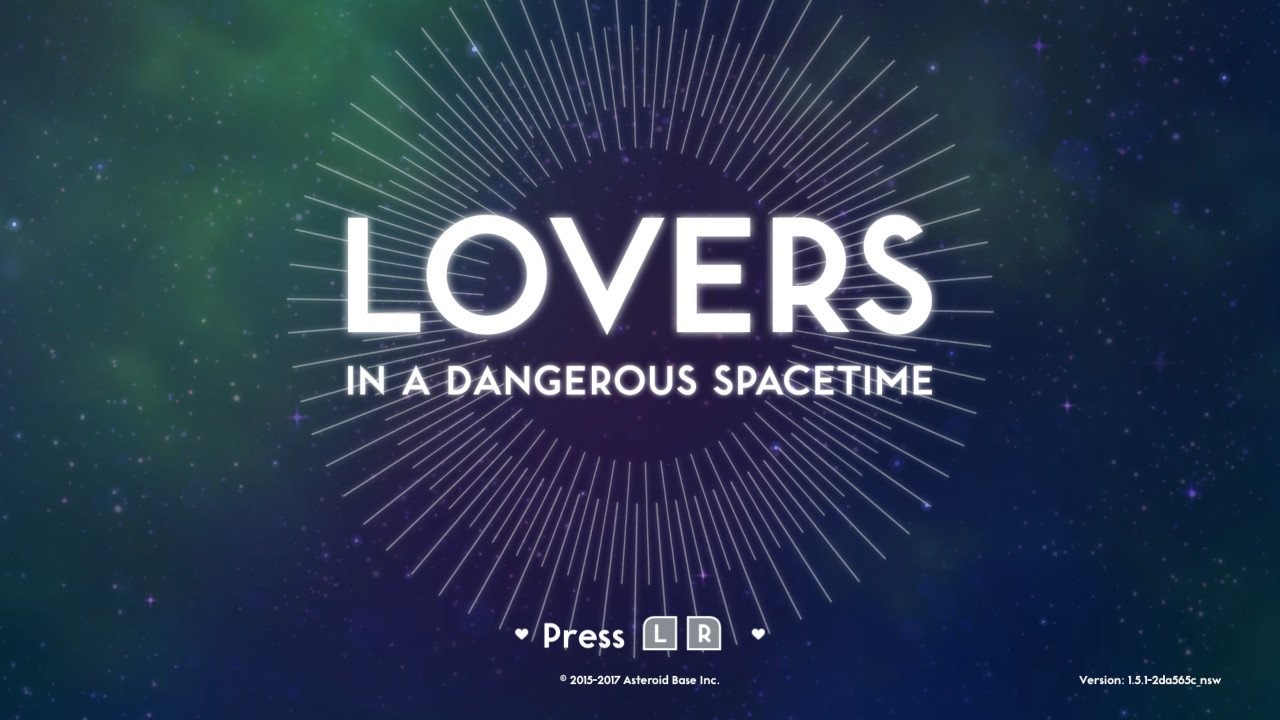
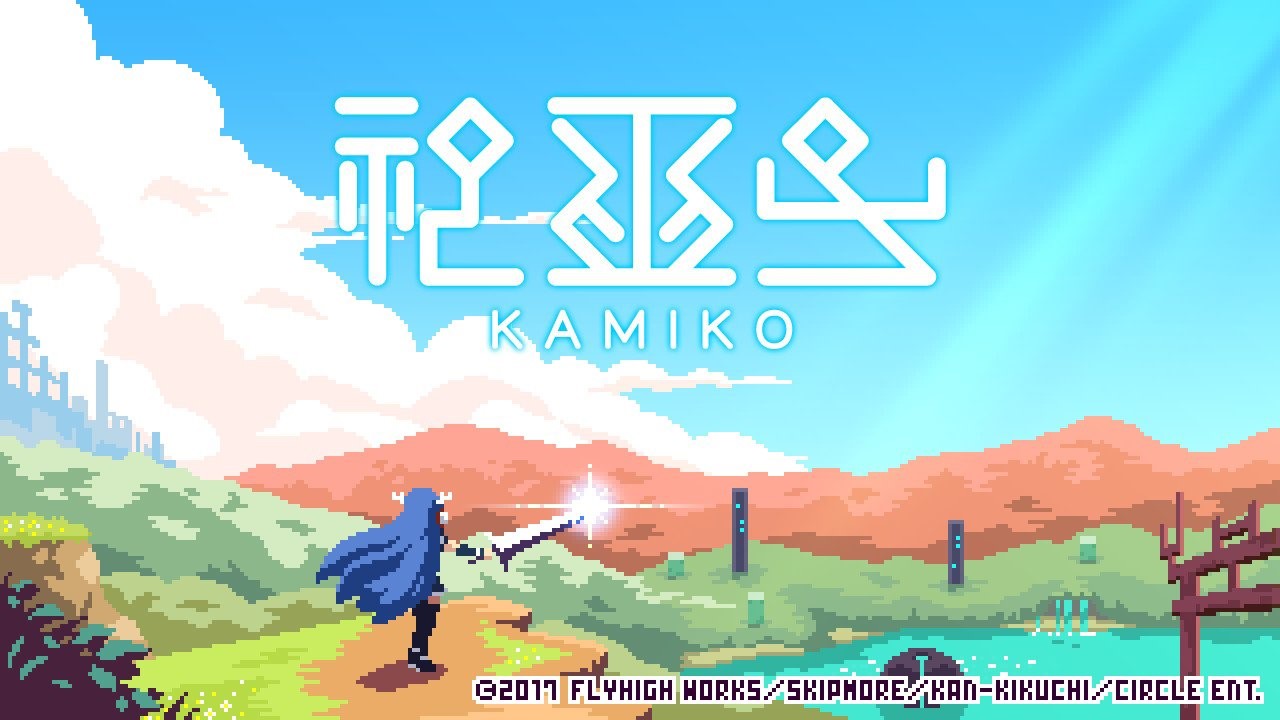




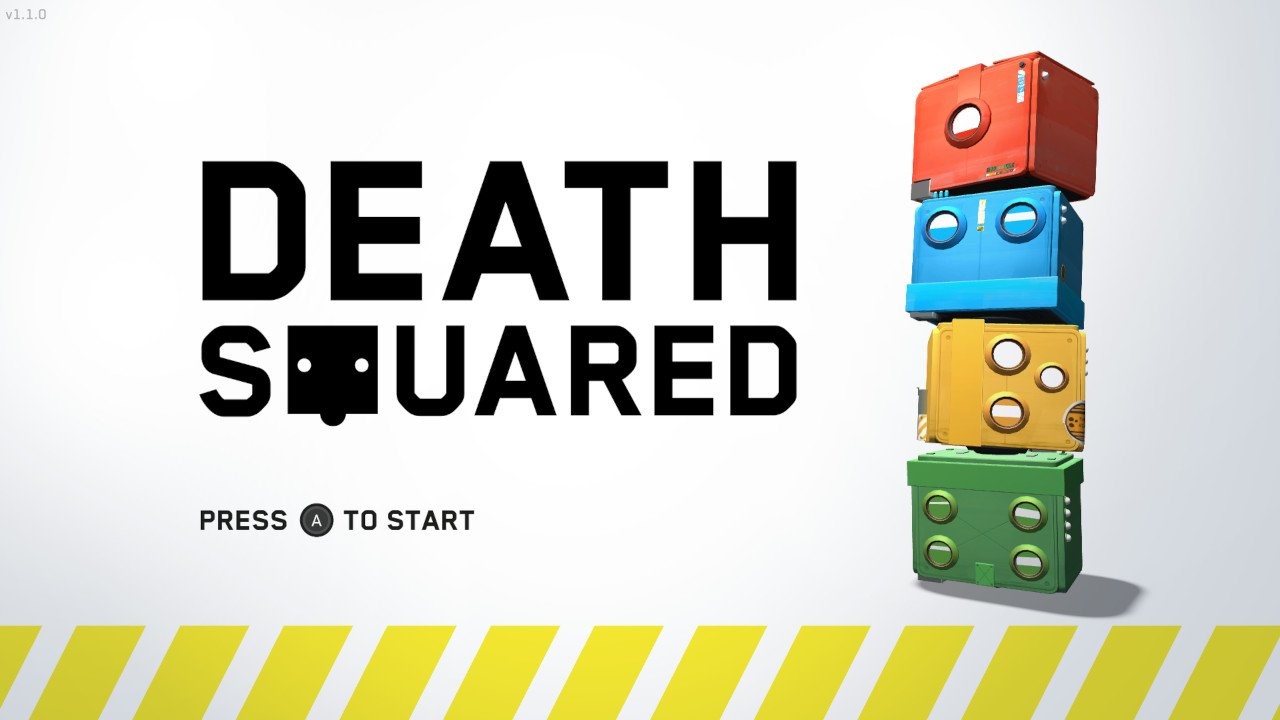
 Death Squared targets co-op gamers but is perfectly functional as a single-player affair. Because most puzzles involve taking turns to move, controlling both characters yourself doesn’t feel overwhelming or unintuitive. Although levels are inventive and can challenge you to think abstractly to find solutions, few puzzles are so difficult that you need a second player to offer ideas. Essentially, a single player can enjoy Death Squared’s gameplay, but the game’s humor and unpredictable deaths are best enjoyed with others.
Death Squared targets co-op gamers but is perfectly functional as a single-player affair. Because most puzzles involve taking turns to move, controlling both characters yourself doesn’t feel overwhelming or unintuitive. Although levels are inventive and can challenge you to think abstractly to find solutions, few puzzles are so difficult that you need a second player to offer ideas. Essentially, a single player can enjoy Death Squared’s gameplay, but the game’s humor and unpredictable deaths are best enjoyed with others.


